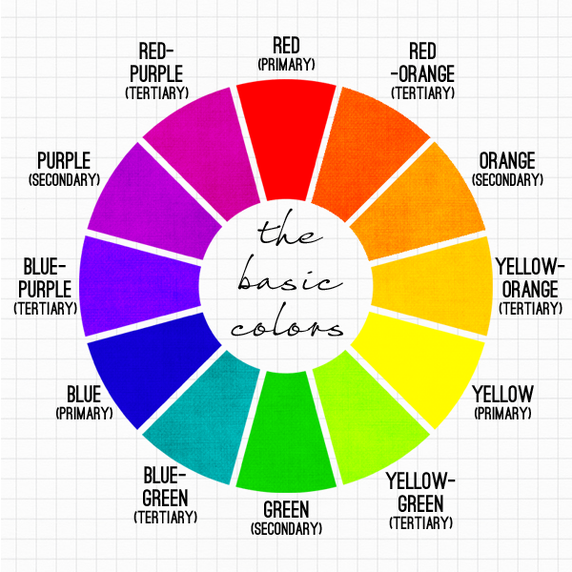

Thank you for sharing about your current painting project – I have been to Scotland and loved my time there but have never heard of the “Calanais Standing Stones”! It is now definitely added to my travel list 🙂 Hello Bill, I am so glad to hear that my articles have helped you with painting. So, go and explore the world of color and have fun color mixing. To get more practical application in terms of color mixing of some of the concepts discussed here read the color mixing guide.Īll of the concepts in this article are the same whether you work in watercolor, acrylic, oil paints, gouache or any other medium! The rules of color mixing are universal so you can apply it to anything you do. However, knowing the basics of how color works is VERY helpful when it comes to color mixing and making decisions on a color scheme for a painting.Īpply what you learn in this article to your painting. Having thorough knowledge of color theory and the color wheel is not absolutely necessary to become a great artist. In the Cezanne still life we can see that the red apples really stand out against the green foreground and background! Another example of how complementary colors make certain areas stand out. Rather, there will be a range – and most likely some other colors mixed in as well. In a complementary color scheme painting one will never have a piece that is made up of only 2 complementary colors.

The apples range between deep red and orange. We have a painting that has a foreground and background that is mainly made up of green or light green. The complementary color scheme used here is red and green. Last but not least we have a still life painting by Cezanne. As you can see in the tertiary color wheel below.Ĭezanne, Still Life with apples and a tube of paint These colors fill in the gaps between the primary and secondary colors. There are still more colors to talk about with the color wheel! Tertiary colors are also known as intermediate Colors. In addition, this article will help you to learn why muted colors are so important to painting. Learn how to put color mixing into practice – I also have this free color mixing guide available to help guide you further. Muting a color by mixing it with its complementary color creates richer colors. The same holds true for the other complementary colors. The opposite is also true – mix blue into orange to create a muted orange. So, if you want a muted blue then you would mix some orange to it. Mixing two complementary colors together will mute your color. I have examples of how this applies to real paintings at the bottom of the article. So, if you ever want to emphasize something in a painting – then use two complementary colors next to one another.


 0 kommentar(er)
0 kommentar(er)
